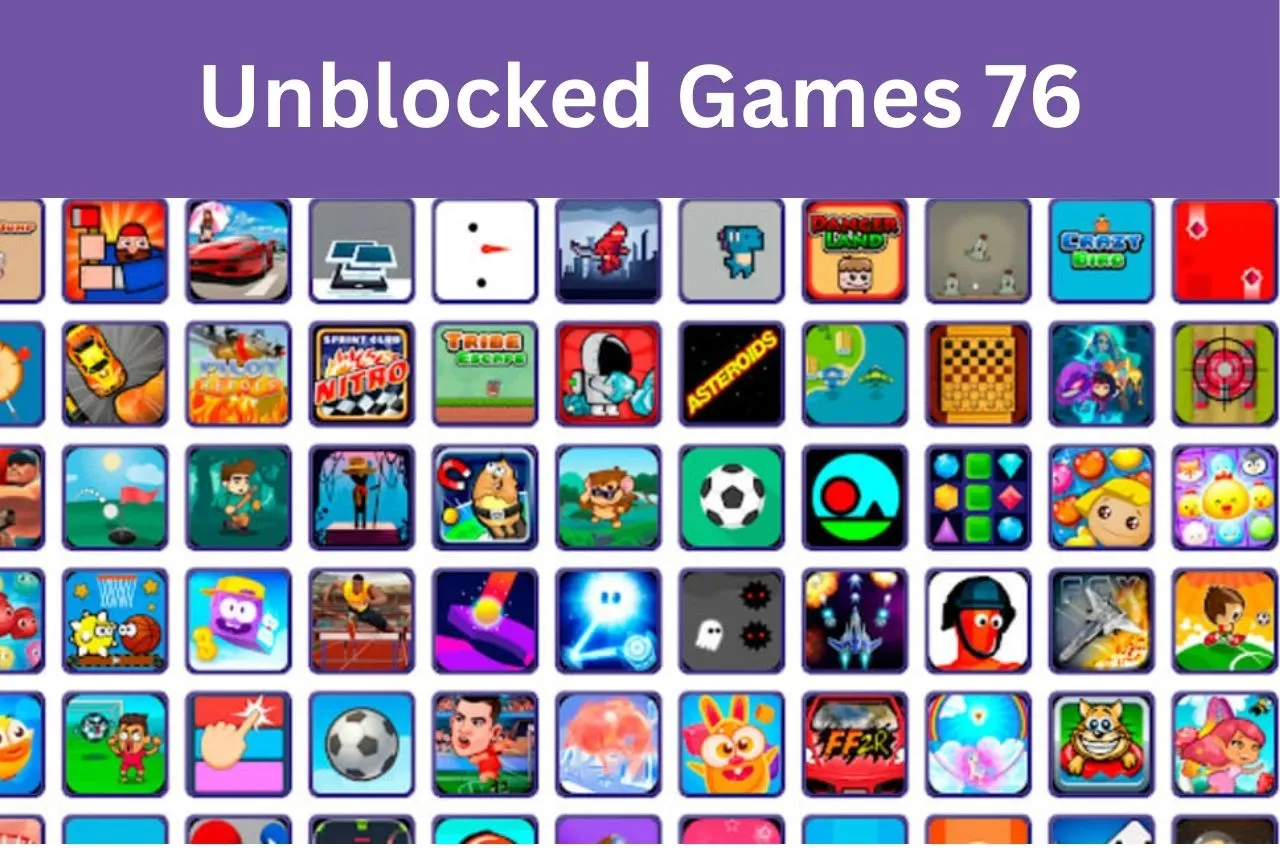Basketball is a dynamic and exciting sport that blends physical agility with strategic thinking. Whether you’re a player, coach, or just a fan of the game, understanding the language and structure behind basketball plays can significantly improve your comprehension and enjoyment of the sport. One of the key aspects of basketball strategy involves the use of “codes”—simple yet powerful systems that teams use to communicate plays, set up offensive or defensive strategies, and maximize their chances of winning. In this article, we’ll explore simple basketball codes and how they can help you excel in the game.
What Are Basketball Codes?
Basketball codes are systems of shorthand used by coaches and players to quickly communicate specific plays, defenses, and strategies on the court. These codes can range from simple phrases or numbers to complex systems that involve multiple actions and players. The purpose of these codes is to make communication faster and more efficient, allowing players to act instinctively during high-pressure moments without needing to think too much about their next move.
While professional teams may use highly complex code systems, simple basketball codes are just as effective for beginners and intermediate players. These simple codes help players understand when and where to move, how to defend, or what kind of offensive play to execute. Whether you’re playing in a recreational league or coaching a youth team, understanding and using these codes can enhance your performance and foster better teamwork.
Basic Types of Basketball Codes
There are various types of basketball codes that serve different purposes. Some are designed for offensive plays, while others focus on defensive strategies. Below, we’ll break down the main types of codes you might encounter.
Offensive Codes
Offensive basketball codes typically involve pre-designed plays that players run during a game to score points. These codes are important because they provide structure and clarity, ensuring that every player knows their role in a given play. The most common offensive codes are based on numbers, colors, or phrases that represent a specific sequence of movements.
- Numbered Plays: A popular system is the use of numbers to represent different plays. For example, a coach may call out “1” for a simple play, “2” for a pick-and-roll setup, or “3” for a fast break. The numbers correspond to the set of movements that the players need to perform on the court.
- Alphabetic Codes: Some teams prefer using letters instead of numbers. These could indicate formations or types of offenses. For instance, “A” might represent a simple isolation play, while “B” could indicate a backdoor cut.
- Color Codes: In some teams, colors like “red” or “blue” are used to signify offensive plays. This system is often easier to remember and quicker to communicate during intense moments in the game.
Defensive Codes
Defensive codes are essential for organizing a team’s defense strategy. These codes instruct players on how to guard the opposing team’s players and anticipate their next moves. Just as offensive plays have specific formations, defensive codes direct how players should position themselves on the court.
- Man-to-Man Defense: This code directs players to defend a specific opponent. Each player is responsible for guarding a player from the opposing team, preventing them from getting open shots or easy passes.
- Zone Defense: In zone defense codes, players are instructed to guard a particular area of the court rather than a specific player. This strategy works well when defending against teams with strong shooters or when trying to limit dribble penetration.
- Switching: Switching is a common code used to adjust during defensive plays, particularly in man-to-man defense. A player might call out “switch” when they want to exchange defensive assignments with a teammate, usually when an opponent sets a pick.
Transition Codes
Transition codes are used to communicate fast breaks or other forms of rapid movement from defense to offense. These codes are critical because quick transitions often lead to easy points. Players need to react fast, and having a code in place ensures they can move into the next phase of the game without hesitation.
- Fast Break: A “fast break” code typically signals a quick transition from defense to offense. Players need to sprint to the other end of the court, looking for open lanes or opportunities to score before the opposing team can set up their defense.
- Push the Ball: This code encourages players to move the ball quickly up the court to take advantage of open spaces before the defense gets set. This is often used after a defensive rebound or turnover.

How to Use Simple Basketball Codes
Using basketball codes effectively requires practice, timing, and strong communication among players. When a coach calls out a play or defensive strategy, it’s crucial that players know exactly what to do and when to do it. Here’s a step-by-step breakdown of how to implement these codes in your game.
Step 1: Learn the Codes
The first step to mastering basketball codes is to learn and understand them. This includes familiarizing yourself with both offensive and defensive codes, as well as transition strategies. Coaches should spend time explaining the different codes to their players and practicing them during team drills.
It’s also important to note that not all codes will work for every team. Some teams may prefer to use more complex strategies, while others may choose to keep things simple. Make sure the codes you use align with the skill level and experience of your team.
Step 2: Practice Communication
Clear and concise communication is key to making basketball codes work in real-time. Players should be encouraged to speak up during practices, calling out the codes as they execute plays. This helps reinforce the system and ensures that everyone is on the same page when it’s time for the game.
Effective communication also involves non-verbal cues. Players should work on hand signals or visual cues to complement their verbal calls. For instance, a coach might use a specific hand gesture to indicate a fast break, and players should learn to recognize and respond to that signal.
Step 3: Implement the Codes During Practice
Practice is the best way to internalize basketball codes. Start by incorporating the codes into scrimmages and drills, allowing players to become accustomed to the flow of the game while utilizing their playbook. As the team becomes more proficient with the codes, they can begin executing them in real-time situations, simulating game conditions.
It’s also important to regularly review the codes and adjust them as needed. As teams develop more advanced skills, the codes may evolve to reflect new strategies or changes in the roster. Continuously practicing and refining the codes ensures that your team is always prepared for the next challenge.
Examples of Simple Basketball Codes for Beginners
For new players or youth teams, simplicity is key. Below are some examples of straightforward basketball codes that can help ease players into the game while teaching them fundamental concepts.
1. 1-4 High Formation
This is a classic offensive set in which four players line up near the free-throw line, with one player positioned in the center. It is useful for setting up pick-and-roll plays or giving players room to cut toward the basket.
- Code: “1-4 High”
- What It Means: The players will spread out, giving the ball-handler space to drive or pass. The other players can make cuts to the basket or attempt outside shots.
2. Flex Offense
The Flex offense is a simple yet effective offensive strategy that involves continuous movement, screens, and cuts to create open scoring opportunities.
- Code: “Flex”
- What It Means: The team will execute a series of passes, cuts, and screens to free up players for easy baskets. The ball moves quickly, and players focus on finding gaps in the defense.
3. 3-2 Zone Defense
This is a basic defensive setup where three players position themselves near the top of the key and two players are closer to the basket. It’s effective for guarding against outside shooters or protecting the paint.
- Code: “3-2 Zone”
- What It Means: The team will form a zone, with each player responsible for guarding an area. Players need to communicate well to avoid leaving gaps in the defense.
4. Pick-and-Roll Play
The pick-and-roll is a fundamental offensive play that creates mismatches and opens up opportunities for easy baskets.
- Code: “Pick-and-Roll”
- What It Means: A player sets a screen (the “pick”) for the ball handler, then rolls toward the basket for a potential pass or shot. It’s a fast, fluid play that puts pressure on the defense.
Benefits of Using Simple Basketball Codes
While simple basketball codes might seem basic at first glance, they offer numerous advantages for players and teams. These benefits go beyond just tactical advantages—they can significantly improve overall teamwork, communication, and player development.
1. Enhanced Communication
One of the primary advantages of using codes is the improvement in communication. With a clear system in place, players can communicate quickly and effectively without needing to speak in full sentences. This rapid communication can make all the difference in fast-paced game situations.
2. Faster Execution
Simple codes allow players to execute plays faster, as they don’t have to waste time figuring out what to do next. The more streamlined your code system is, the quicker your team can react to changes on the court, giving you an edge over opponents who are less prepared.
3. Better Player Understanding
When players understand their roles within the context of the codes, they feel more confident on the court. This boosts morale and team cohesion, as everyone knows their responsibilities. Additionally, learning the codes helps players become more versatile, as they’re prepared to play in different positions and scenarios.
4. Scalability
Simple basketball codes are scalable, meaning that they can be adapted as a team’s skill level increases. What starts as basic code systems for youth leagues can evolve into more complex strategies for high school, college, or even professional teams.
Conclusion
In basketball, codes are not just for advanced players or teams—they are valuable tools that can be utilized by anyone looking to improve their game. Whether you’re a beginner just starting out or a coach striving to implement a more cohesive system, understanding and using simple basketball codes can lead to more effective communication, better teamwork, and improved performance. By mastering these codes, players and coaches can maximize their potential on the court and ensure they’re always one step ahead of the competition.
The beauty of simple basketball codes lies in their ability to be both adaptable and efficient. With a little practice and dedication, anyone can learn to use these codes and take their basketball game to the next level.



















